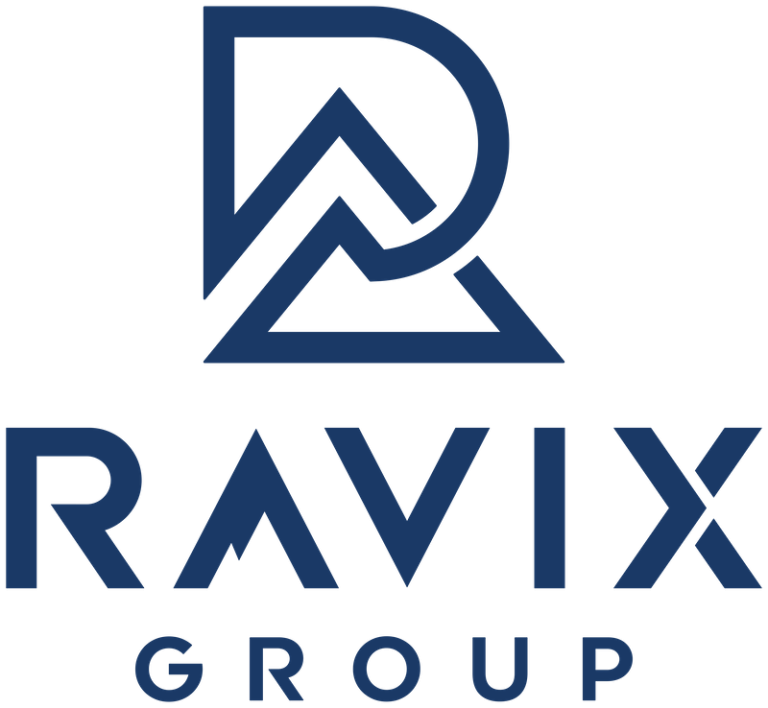It’s official: Your startup has entered the Zone of Insolvency, and you’ve hired a Chief Restructuring Officer to help you liquidate your startup assets and repay your venture debt creditors ASAP. You’ve been told an Assignment for the Benefit of Creditors is the best solution. Still, there are two types – a “Prepack” Assignment for the Benefit of Creditors and an “Operating” Assignment for the Benefit of Creditors. What’s the difference?
“Prepack” ABC
In a “Prepack Assignment for the Benefit of Creditors”, the company continues its operations while potential buyers are identified. Once the Assignment to the Benefit of Creditors is initiated, the assignee sells the assets. Fiduciary obligations related to the ABC process are carried out post-ABC.
For example, a software start-up has $2 million in debt and has a few interested buyers in their start-up. Ravix initiates the ABC (as assignee for the start-up), and assets are transferred to Ravix, who can now sell the start-up. Many employees are laid off except for those critical to the sale. An auction is held with only a few interested parties due to the short turnaround, in which the software assets sell for $1.8 million to a large tech corporation. The debt was re-negotiated with the bank for $1.6 million, with the proceeds of the sale eliminating the debt. Ravix, as assignee, continues to manage the payout to unsecured over the next two years.
Pros:
- Prepack is when you have a buyer unwilling to take over the liabilities of a company. Enables uninterrupted business operations while seeking potential buyers.
- Facilitates a quick transition, with the asset sale occurring immediately upon ABC initiation.
- Fulfills fiduciary obligations after the primary ABC process, allowing for an organized approach.
Cons:
- The rapid transition might limit the number of potential buyers.
- It might not yield the maximum value for assets due to the swift sale process.
Operating ABC
Under Operating Assignment to the Benefit of Creditors, the company initiates the ABC, transferring the assets to the assignee, but continues its operations as usual. Key employees are retained to assist with the operations and the subsequent business wind-down. Assets are monetized to pay off creditors, and wind-down activities are phased in during the continued operations.
For example, a VC-backed bio-tech start-up invented a novel drug; however, they will run out of operating runway shortly and will not meet FDA approval for another two years. They have $4 million in debt; however, the drug seems promising in clinical trials, and several Pharmaceutical companies expressed interest in an acquisition. The start-up initiates an operating ABC with Ravix, and immediately a Chief Restructuring Officer cuts costs and extends runway, giving the bio-tech start-up more time to find potential buyers. During this time, a researcher reaches a key milestone, increasing the startup’s value. Two months later, the start-up sells at auction for $6 million.
Pros:
- Maintains business continuity and potential revenue streams while navigating the ABC process.
- Retaining critical employees ensures smooth operations and an efficient wind-down.
- Allows for a more extended period to monetize assets, possibly ensuring better returns.
Cons:
- Could extend the period of uncertainty for employees and stakeholders.
- Potential risk of diminishing asset value if the monetization process is prolonged.
So What’s the Difference?
A “Prepack ABC” involves the company operating while searching for buyers and quickly selling assets upon ABC’s initiation. Fiduciary duties are managed post-ABC. In contrast, an “Operating ABC” sees the company continuing operations after asset transfer to the assignee, with a phased wind-down approach, and crucial employees are retained for a seamless process.
When deciding between these approaches, companies should consider their specific circumstances, financial conditions, and strategic objectives to select the method that best meets their needs—interested in knowing what’s right for your start-up? Meet with one of our Chief Restructuring Officers today by completing the form. Receive a free Wind-Down Playbook & get clarity on what type of winding down method is right for your VC-backed start-up.



